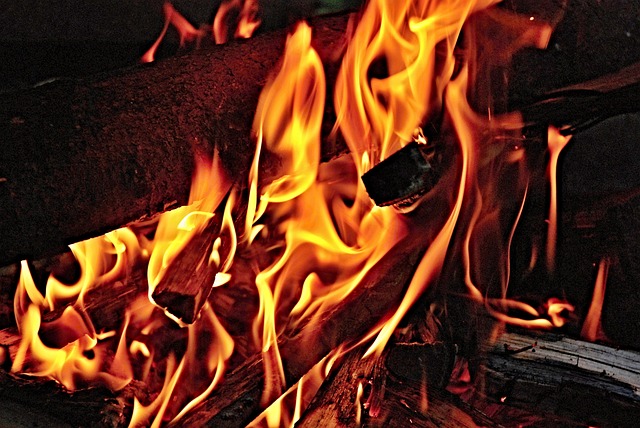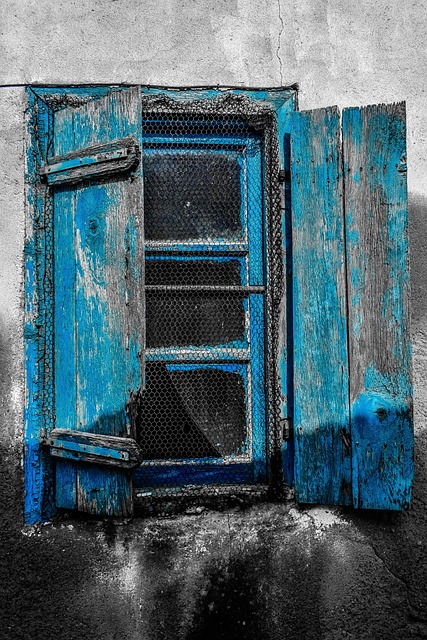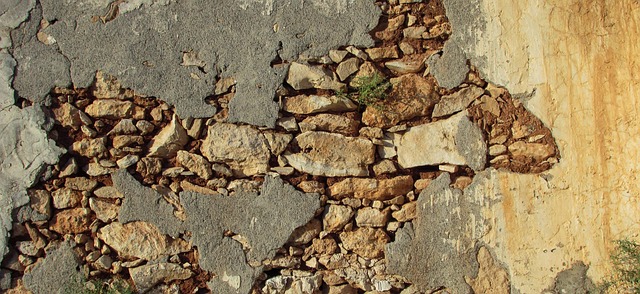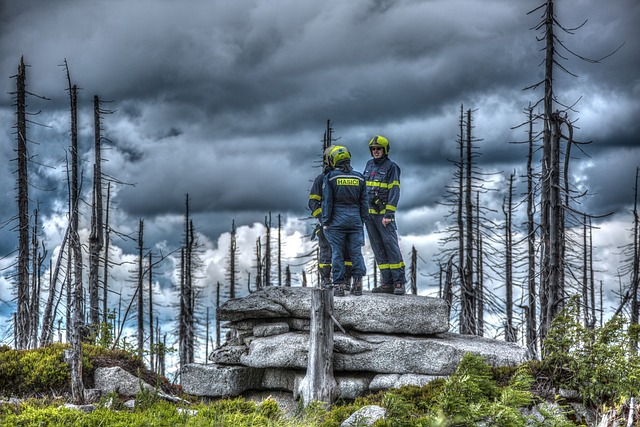Selling a fire-damaged property in California requires strategic navigation due to legal, insurance, and repair complexities. Start with a thorough damage assessment, then assess repair costs and potential value increases. Choose a real estate agent experienced in such sales and disclose all known damage transparently. Buyers must inspect professionally, understand disclosure laws, and negotiate repairs or compensation if needed. Proper documentation and communication are key during insurance claims processes. Despite challenges, the market for fire-damaged properties offers bargain opportunities, especially in major California cities with strong real estate appreciation.
“In California, where fires are an unfortunate yet common occurrence, buying a property affected by these natural disasters presents unique challenges. This article guides buyers navigating the intricate process of acquiring and restoring fire-damaged homes in the Golden State. We explore crucial aspects, from understanding comprehensive fire damage assessments to legal considerations and insurance claims. Additionally, we delve into renovation strategies for transforming damaged properties and highlight emerging market trends in post-fire real estate sales.”
- Understanding Fire Damage Assessments in California Real Estate
- Legal Considerations for Buyers of Fire-Damaged Properties
- Navigating Insurance Claims After Purchasing a Damaged Home
- Renovation and Repair Process for Restoring Fire-Affected Houses
- Market Trends and Potential Investment Opportunities in Post-Fire Property Sales
Understanding Fire Damage Assessments in California Real Estate

Legal Considerations for Buyers of Fire-Damaged Properties
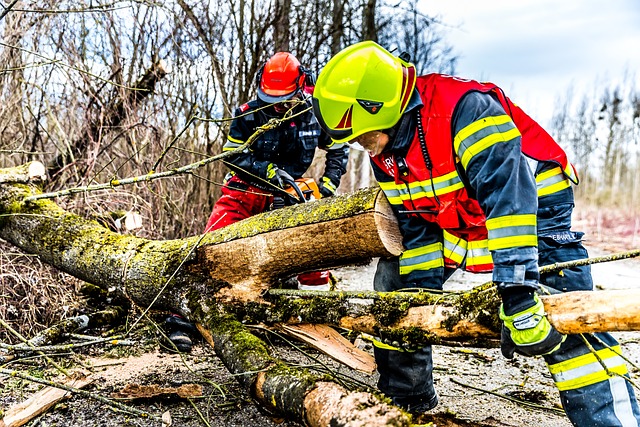
When considering purchasing a fire-damaged property in California, buyers must be aware of several legal aspects to ensure a smooth transaction and protect their interests. The first step is to thoroughly inspect the property with the help of professionals to assess the extent of the damage and identify any potential hazards or hidden issues that may arise. This includes structural integrity checks, environmental assessments for hazardous materials like asbestos or lead paint, and testing for mold growth, which can be a significant concern in water-damaged areas.
In California, real estate transactions are governed by a set of laws designed to protect buyers and sellers alike. For fire-damaged properties, buyers should seek legal advice to understand their rights and obligations under these laws. This may involve negotiating with the seller for repairs or compensation, especially if the damage is significant and affects the property’s habitability or value. Additionally, buyers must be aware of disclosure requirements and potential liability issues that could arise from purchasing a fire-damaged house, ensuring they are fully informed about any known or discovered problems before finalizing the purchase.
Navigating Insurance Claims After Purchasing a Damaged Home

Navigating insurance claims after purchasing a fire-damaged home in California can be a complex process, especially for buyers who are new to this experience. The first step is to thoroughly document the damage by taking photos and videos of the affected areas. This comprehensive record will be crucial when submitting your claim. It’s important to reach out to your insurance provider promptly and inform them about the fire damage. They will guide you through their specific claims process, which typically involves reporting the incident, providing initial estimates of repair costs, and collecting evidence.
California has certain regulations that protect both buyers and sellers in such situations. Buyers should be aware of their rights and responsibilities, especially regarding disclosure requirements. If the seller knows about the fire damage and fails to disclose it, it could lead to legal issues. Conversely, buyers should provide accurate information about any known damage when selling a fire-damaged house California, ensuring transparency throughout the transaction.
Renovation and Repair Process for Restoring Fire-Affected Houses

After a fire, restoring a home can seem like an overwhelming task. However, with proper planning and expert guidance, homeowners in California can navigate the renovation and repair process effectively. The initial step involves assessing the extent of damage, which is crucial for determining the scope of work required. This includes evaluating structural integrity, identifying affected areas such as walls, roofs, and floors, and assessing potential hazards like asbestos or lead paint.
Once the assessment is complete, homeowners can start gathering estimates from reputable contractors specializing in fire damage restoration. These professionals will provide detailed plans and costs for rebuilding, remodeling, or repairing specific elements of the house. Selling a fire-damaged house in California might require some preparation, but with the right approach, it can be a successful process. Restoring the property to its former glory not only increases its market value but also provides a fresh start for homeowners.
Market Trends and Potential Investment Opportunities in Post-Fire Property Sales

After a fire, many California properties face the challenge of being sold as is, which can create an interesting market dynamic for both buyers and sellers. While some may see it as a potential investment opportunity, others might be hesitant due to the perceived risks and costs of repair. The market trends in selling a fire-damaged house in California show that there is indeed a demand for these properties, especially from investors looking for bargain deals. Many first-time homebuyers or those seeking renovation projects also find appeal in purchasing these damaged houses, as they offer an opportunity to rebuild and create a home tailored to their preferences.
The potential investment opportunities are vast, with prices being significantly lower than the average market rate. Buyers can acquire properties at discounted prices, allowing them to either renovate and resell for a profit or hold onto the asset for long-term rental income. This is particularly attractive in areas where the real estate market is robust, such as California’s major cities, where fire-damaged properties can quickly appreciate in value over time.
When considering the purchase of a fire-damaged property in California, understanding the intricate processes involved is key. From assessing damage and navigating legalities to managing insurance claims and renovation projects, buyers must be prepared for a comprehensive journey. Despite the challenges, the market trends suggest that there are lucrative opportunities for those willing to invest in these properties. By carefully examining each aspect, from potential investment returns to the rebuilding process, prospective buyers can make informed decisions when selling a fire-damaged house in California and transform affected homes into vibrant, valuable assets once again.

